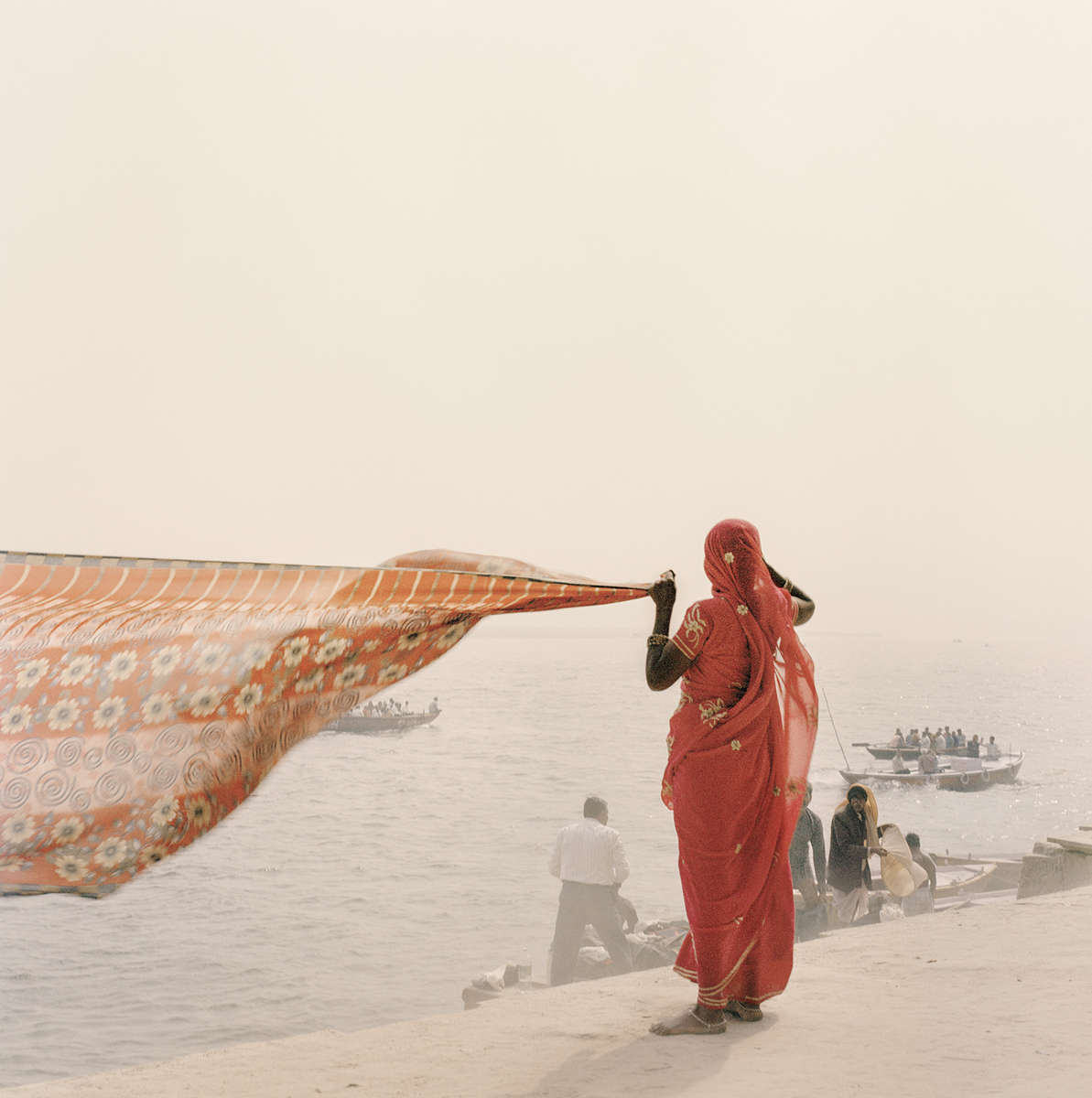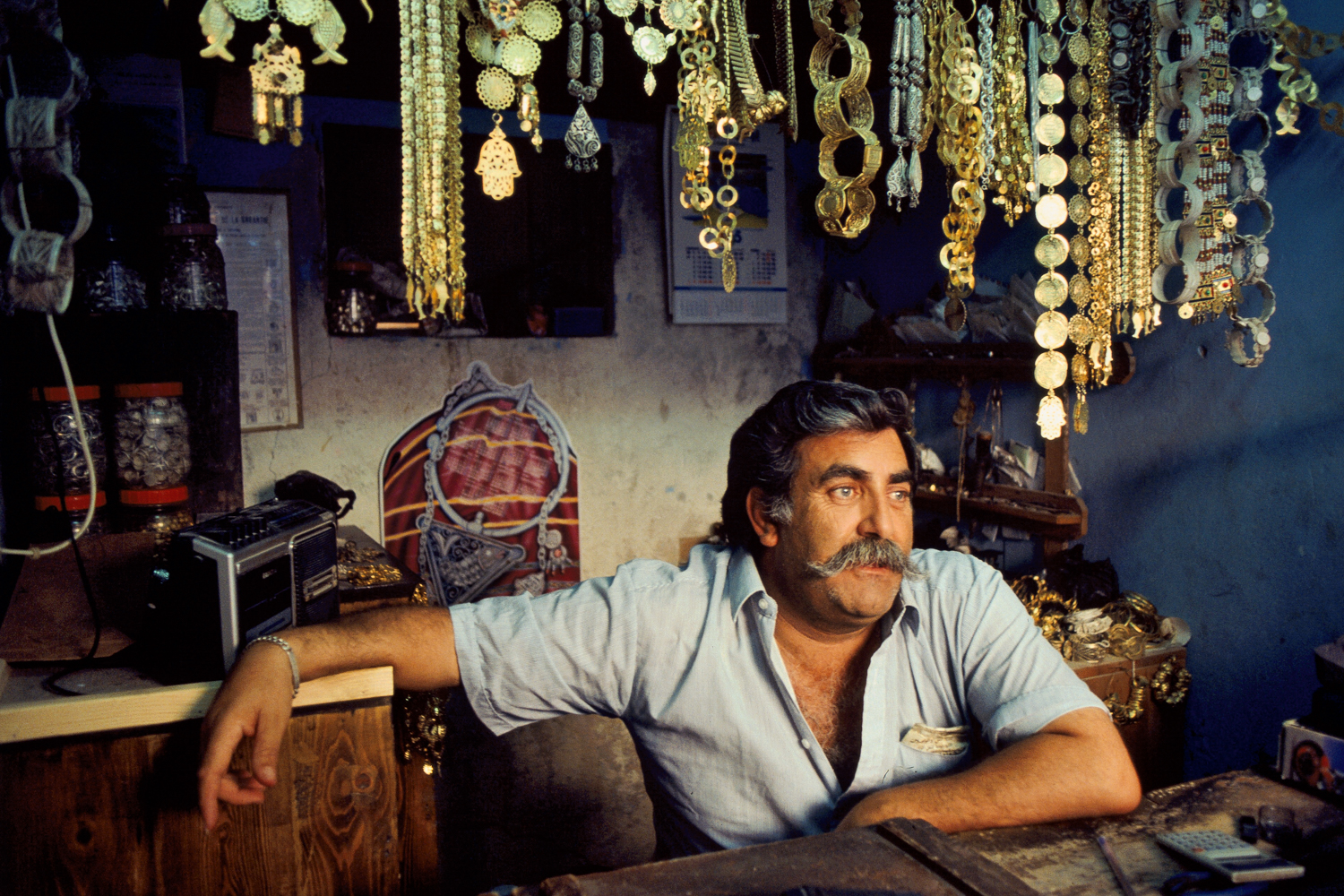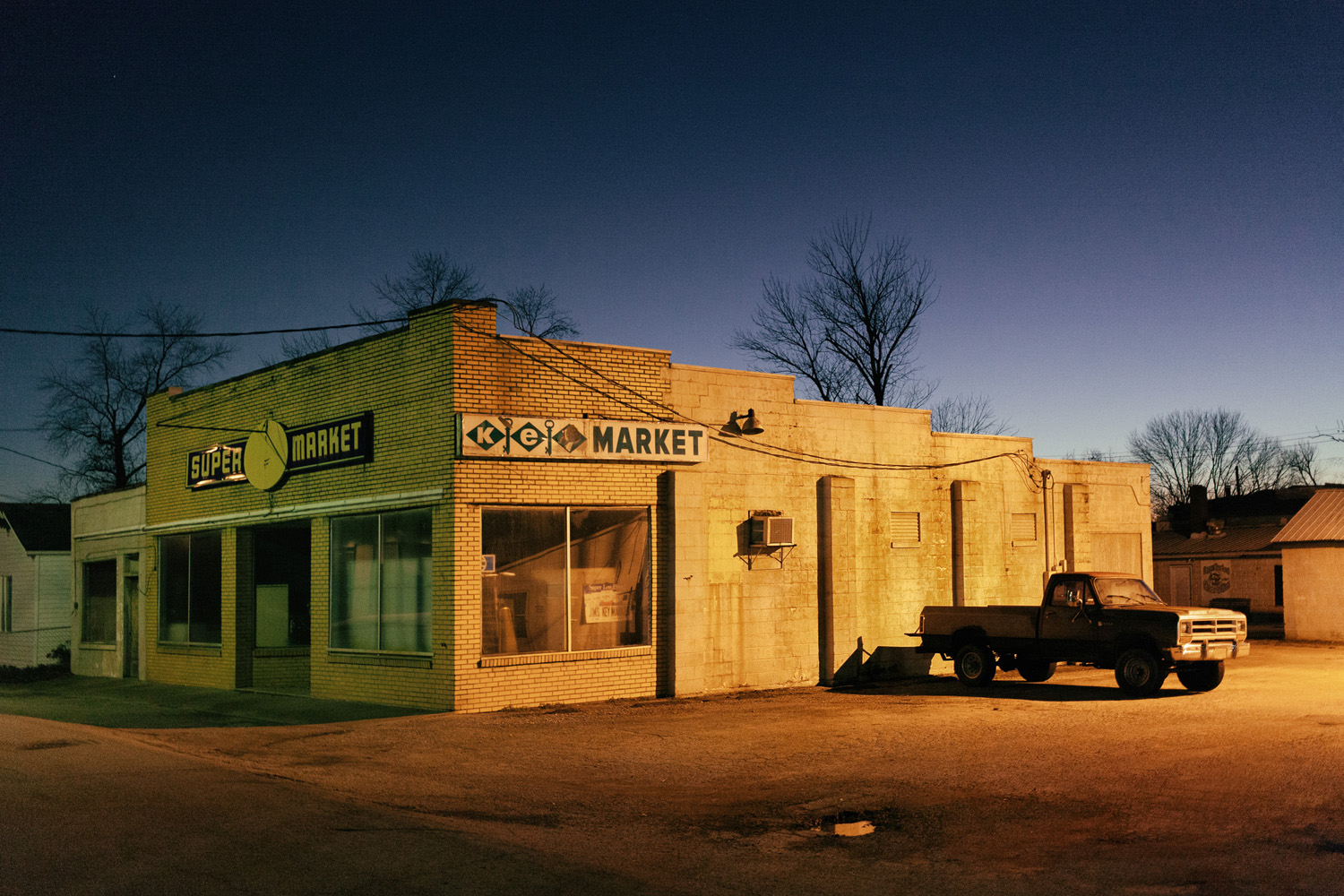
What makes you start the project Ganga Ma?
Right after graduating from the European Institute of Design and Visual Arts in Rome, I moved to Canada for three years. While in Toronto, a friend of mine asked me if I wanted to move to India and I thought “Why not!”. Back then, I didn’t know anything about India, and I was supposed to stay only for six months… but I ended up staying for five years instead!
In India I started my career as a photojournalist, covering Kashmir and social and environmental issues. But at one point, I felt caged: I wanted to move away from photojournalism and try to work on projects that were long-term documentaries rather than short stories. I started to work on the Ganges for some editorial assignments but quickly realized that I could spend more time on this subject, focussing on themes such as climate change, industrialization, and pollution.

I was looking for a way to articulate this story by creating a visual narrative that would be more contemporary, and that would enable me to show something hidden from view, something that would make the viewers ask themselves questions. I wanted to capture the fact that India was changing in front of its people, but no one could see that. The Ganges seemed the right subject to do so: It is the most important river in India, the holiest, but at the same time the most affected by pollution and climate change. It is the perfect metaphor to tell a deeper story about India.
Ganga Ma is a 10-year project. How did you organize your project during this period of time? Did it change over time?
Yes, definitely, the project changed dramatically over the years. The photos I took in the first period reflected the idea that Western people have about India: they were very colorful, shot with a strong light. It took me some time to get rid of all those preconceptions and experience India – and photography itself – in a different way. I had to move away from photojournalism and slow down, take time to see things in a new light. At the time I had no idea that this project would take ten years, nor that it would become a book.
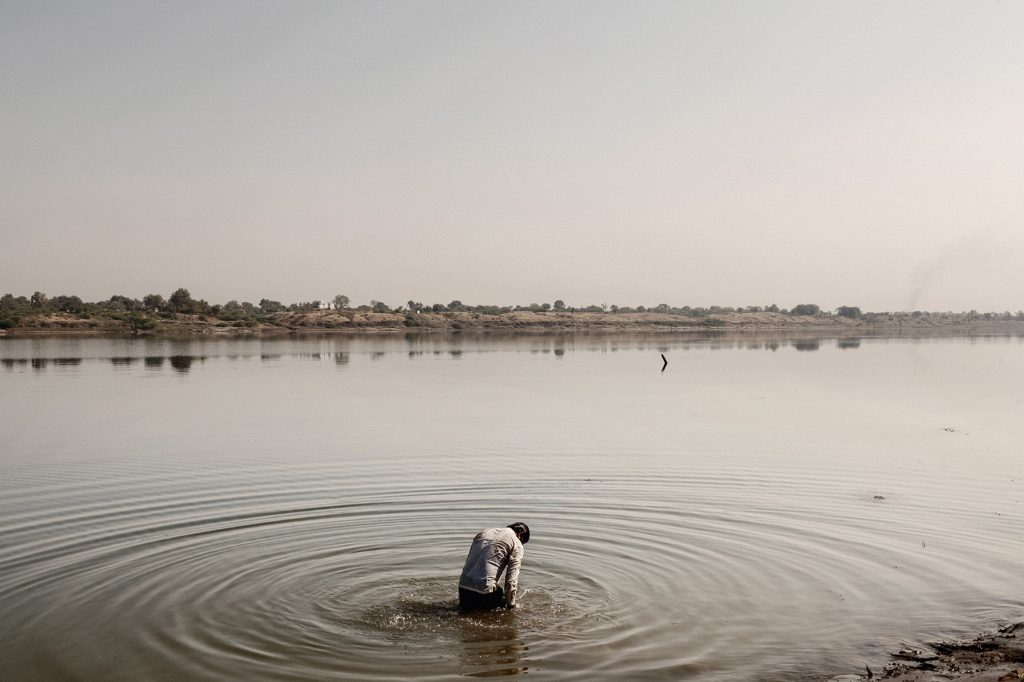
I didn’t follow the river from its source to its estuary. I didn’t start on the glaciers and then moved South. I choose the places that I thought helped tell the story I wanted to tell. I decided it was not going to be like a travel story: the visual story was in my mind and it was somehow in “slow-motion”: there are moments in Ganga Ma in which it seems like there is nothing going on. These moments are charged with a lot of meaning and are the most visually interesting to me.
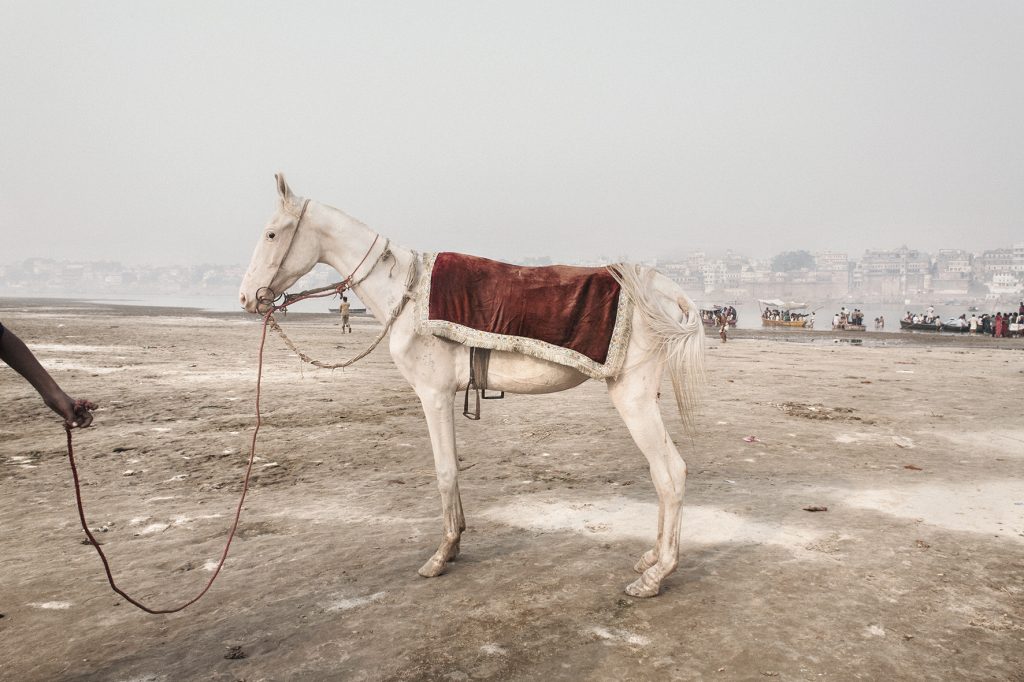

« I chose to shoot only between 6 am and 9 am, in order to capture the same colors and atmosphere… »
The peacefulness and the aesthetic of your photograph bring some contrasts with the harsh reality of the dramatic pollution consequences for the river. Could you give us some information regarding your aesthetic approach to that project?
In India, especially during winter mornings, there’s a haze in the air. It’s a mix of humidity and pollution, through which the light shines creating a very peculiar chromatic effect. I chose to shoot only between 6 am and 9 am, in order to capture the same colors and atmosphere and to have the same quality and mood in all the pictures.

« …there is a second level and that the pictures reveal a much darker truth. »
The idea behind this approach is to create a new aesthetic of pollution. I think that we are a bit saturated with images of pollution in the press: hundreds of pictures of plastic bottles and seagulls covered in oil that we keep seeing over and over on TV and in magazines. If you are able to talk about an issue in a different way, I think it will have a much bigger impact on the viewer. At first glance, Ganga Ma’s images appear beautiful and poetic, and people actually stop and look at them. But if you look again, you understand that there is a second level and that the pictures reveal a much darker truth.
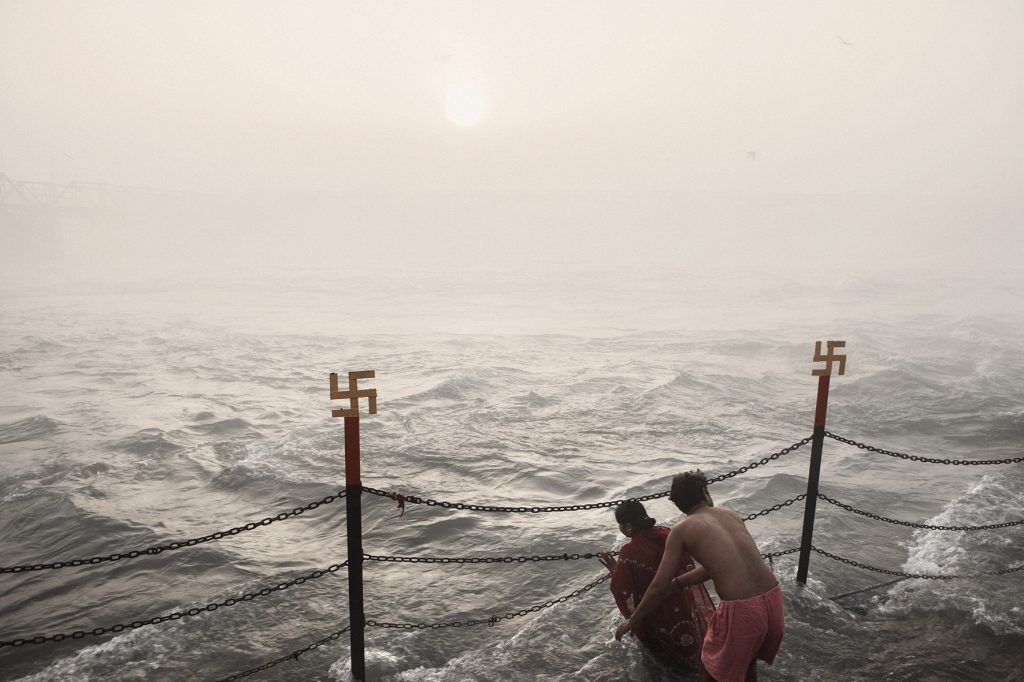
Despite the high level of pollution, the Indian people still have a close relationship with the river. It is a very important holy river and they look at it as a mother. Spiritually speaking, the river is pure. During this project, how did you observe life along the river and how the pollution is affecting it?
Look at the Gangotri glacier, the source of the Ganges, and you’ll see one of the most striking examples of how the pollution is changing the river and its surroundings. Seven years after my first trip to the Gangotri, I returned to the very place from where I had shot a series of pictures of the glacier, only to find that part of it had melted. It was truly worrisome, mind-blowing.
In terms of people’s attitude to the river, you’re right: they still have a very close relationship with the Ganges, despite the environmental disaster unfolding in front of their eyes. In fact, many people still think that the Ganges is able to clean itself. This may have been true back in the years, but it is certainly not the case now, considering the huge amounts of toxic chemicals that are dumped in its waters every day. Of course, people know that the river is somehow polluted, but most of them have no idea of how bad the situation is.

« In Kanpur, you can actually see the black water full of chemicals running from the factories straight into the river. »
For example, once I did a story about the tanneries in Kanpur, one of the most polluted areas along the river. In Kanpur, you can actually see the black water full of chemicals running from the factories straight into the river. The water was incredibly polluted – way more than I had realized up until that point. When I asked my Indian fixer if he was still going to bathe in the Ganges despite what we had seen in Kanpur, he said: “It’s part of my religion, so even though I know it’s polluted, I can’t avoid washing my sins in the river’.
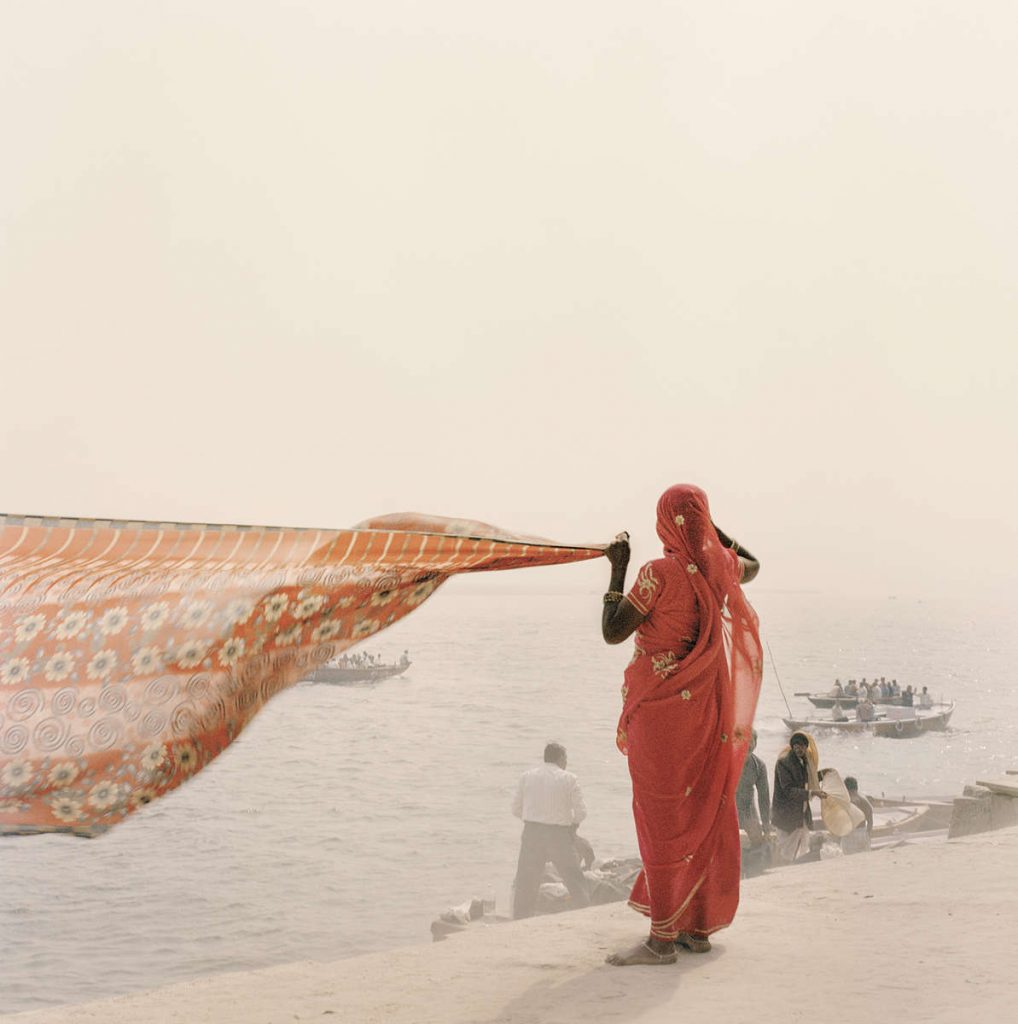
Is there any hope for the river to recover from pollution?
In 2011, with the “National Ganga River Basin Project”, the World Bank pledged millions to support the Indian Government’s “Mission Clean Ganga”, aimed at reducing pollution in the river. Unfortunately, not much has been done so far.
In 2017 though, the High Court of the Indian state of Uttarakhand ruled that the Ganges and its main tributary, the Yamuna, should be granted the same rights as individuals. The law was overruled by the Supreme Court, who declared it legally unsustainable, but it still constituted a landmark in redefining the relationship between human and non-human entities and hopefully symbolizes a change of course in environmental policies.
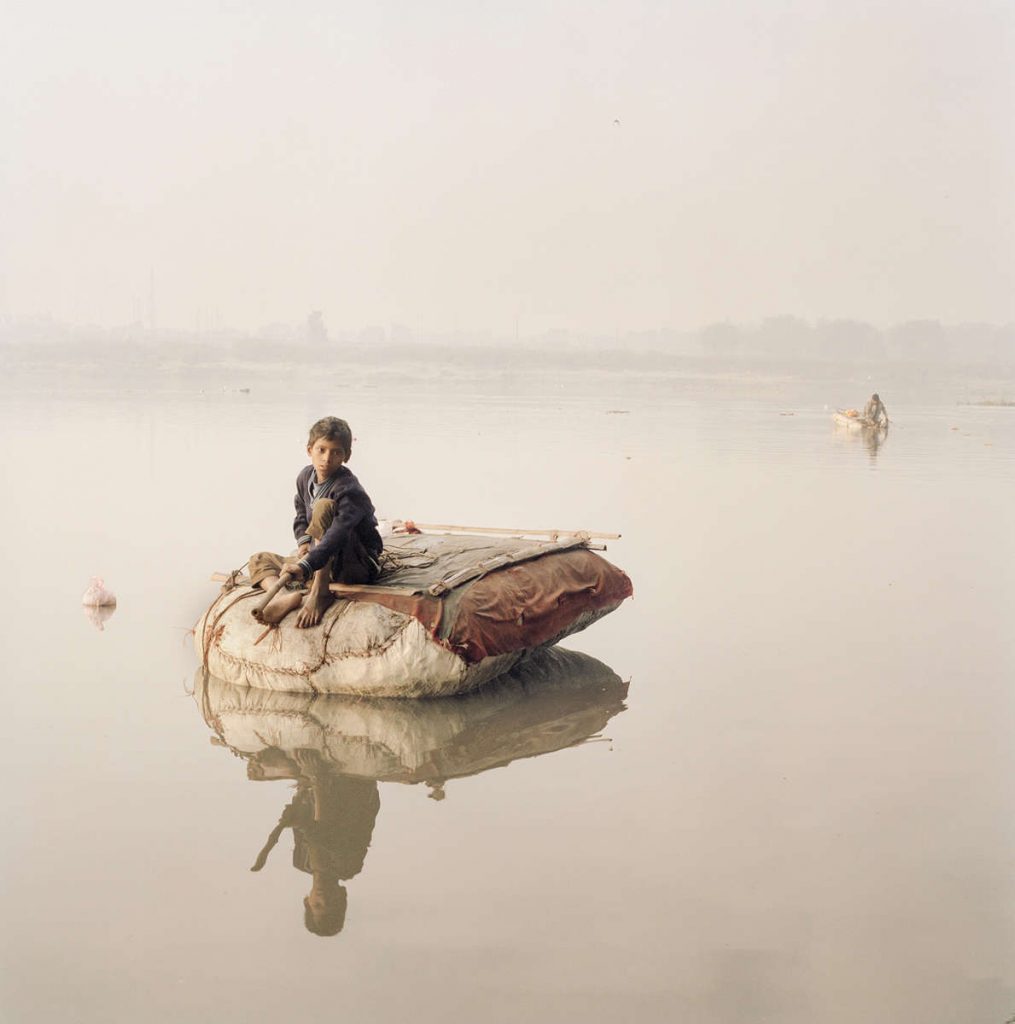
After 10 years, what makes you feel that the project needed to end? Was it simply the end of your journey?
You can feel when a project reaches its end when it needs to find its way into a publication and to be finally shown to an audience. That was the right moment for me to put an end to my Ganga Ma series and to see this body of work in book form.
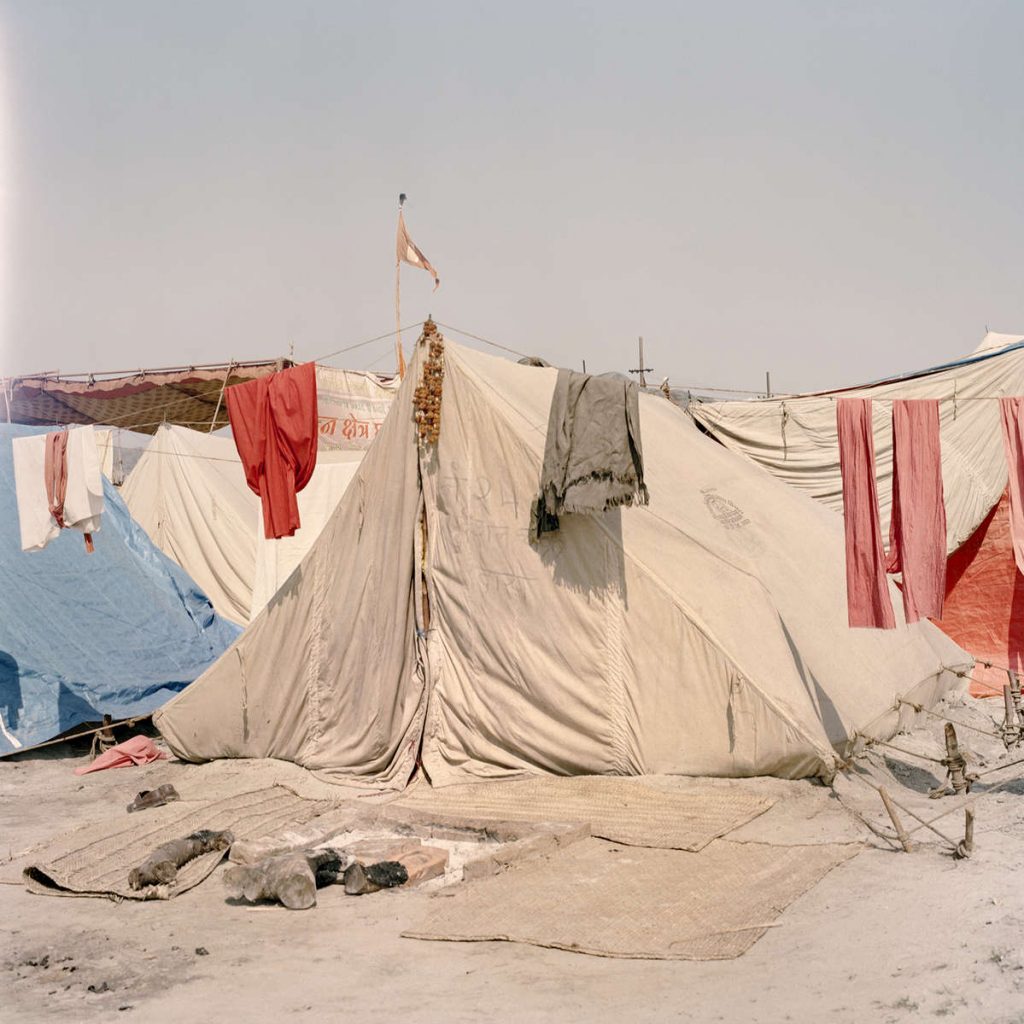
If you have one story to tell us about your journey along the river, which one would it be?
If I had to choose one story, it would be the story behind this shot in the outskirts of Delhi in 2015. In the image, you see an Indian man whose job is to clean that massive “iceberg” of foam with a hand-held hose. Every morning he wakes up at 4.30 am to try and clean the foam that mounts up during the night, and so on every single day.
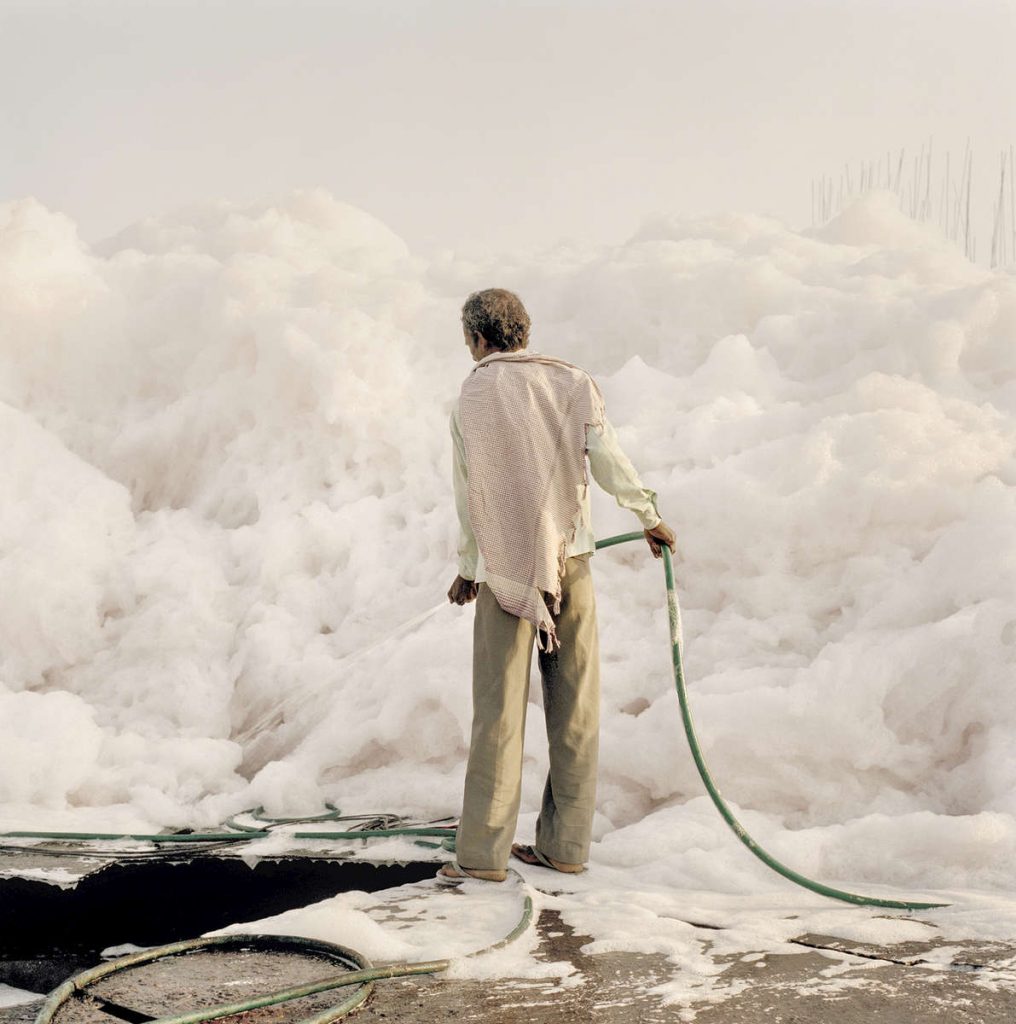
« I am very grateful for the support of the photography community »
In 2019, you published a book about the project. Could you share your experience with editing, designing, and your fundraising campaign about it?
It’s incredibly rewarding – and somewhat terrifying – to see a 10-year project finally taking book form. Having shot thousands of photographs along the river over the years, I must admit that narrowing down the final selection to 68 images was quite a painful process!
Ganga Ma was designed by the award-winning designer Stuart Smith and published by his GOST Books. The images are accompanied by essays by environmental activist Vandana Shiva and curator Eimear Martin. The whole editing and design process – from the final selection of images to the choice of format and materials of the book – was very collaborative, and I am extremely happy with the result. I am very grateful for the support of the photography community that backed my Kickstarter campaign and helped me cover the significant costs of producing the volume. Setting up and running a fundraising campaign is quite an intense and time-consuming endeavor, but it was definitely worth it!
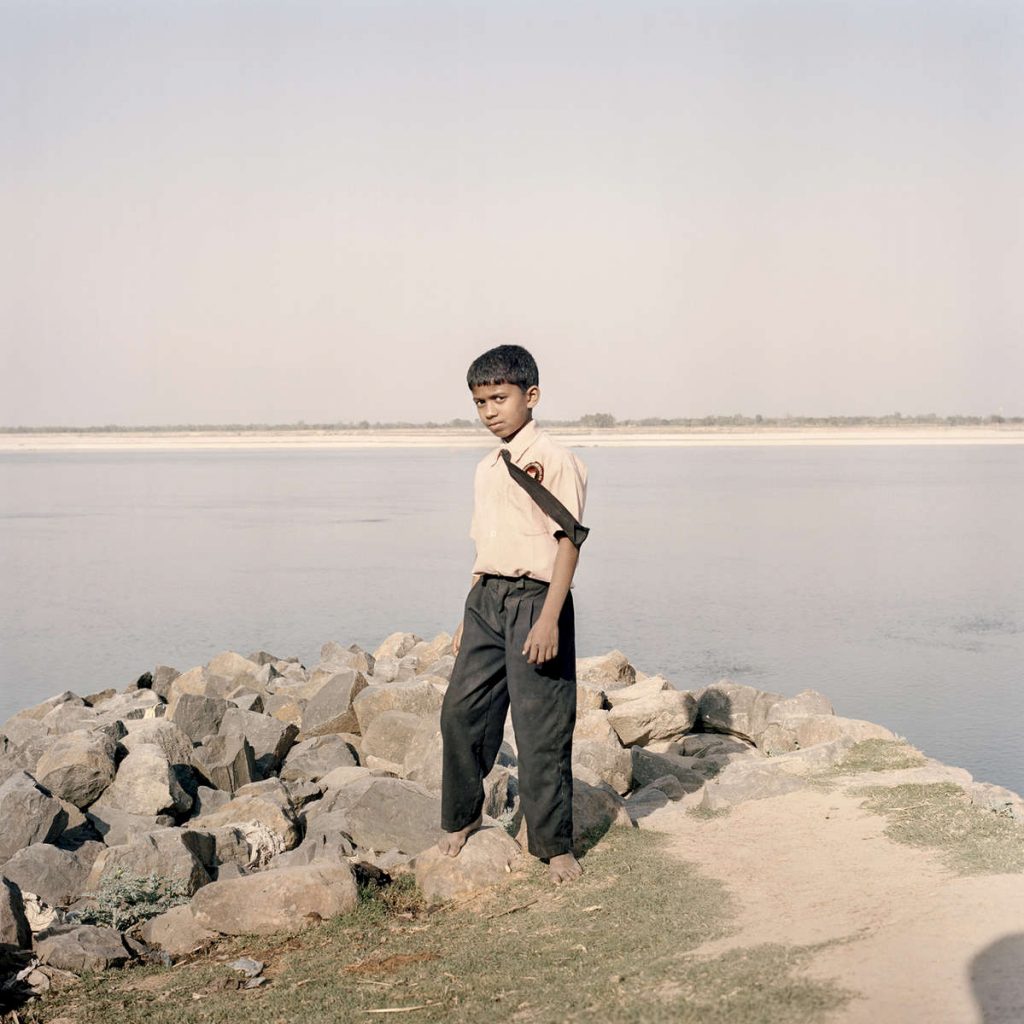
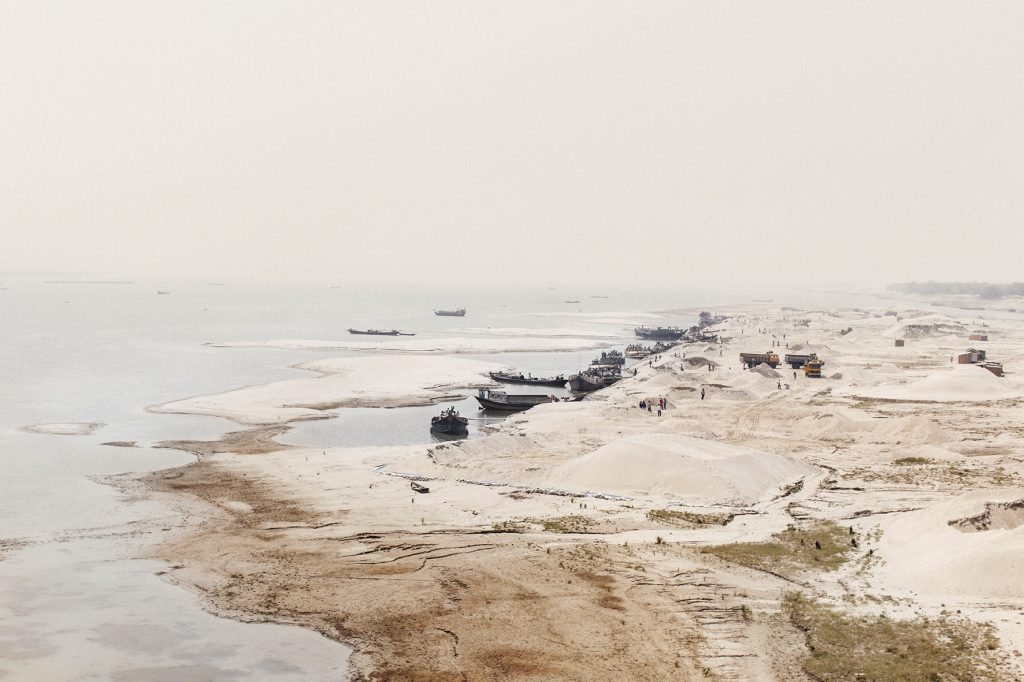
Which photographers or artists inspire your work?
David Lynch, Caravaggio, Leonardo, Tom Ford, Fellini, Michelangelo, Edward Hopper, Francis Bacon have all been great sources of inspiration in developing my visual approach. As for photographers, I truly admire Nadav Kander, Paolo Pellegrin, Thomas Demand, Taryn Simon and Jeff Wall, just to name a few.
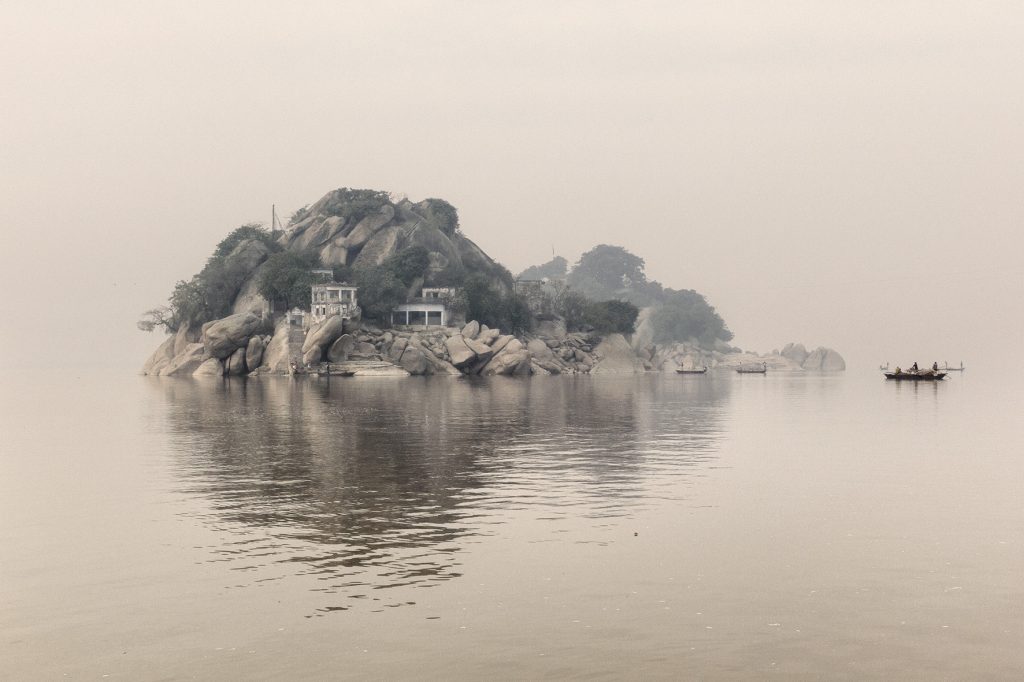
Your 5 favorite photobooks?
Antoine D’Agata, Insomnia
Stephen Shore, Uncommon Places
Todd Hido, Intimate Distance
Nadav Kander The Meeting
Vivian Sassen, Parasomnia
Interview by Jerome Lorieau
Photographer’s Links: Website – Instagram – Facebook
Photobook « Ganga-Ma » Published by GOST BOOKS

